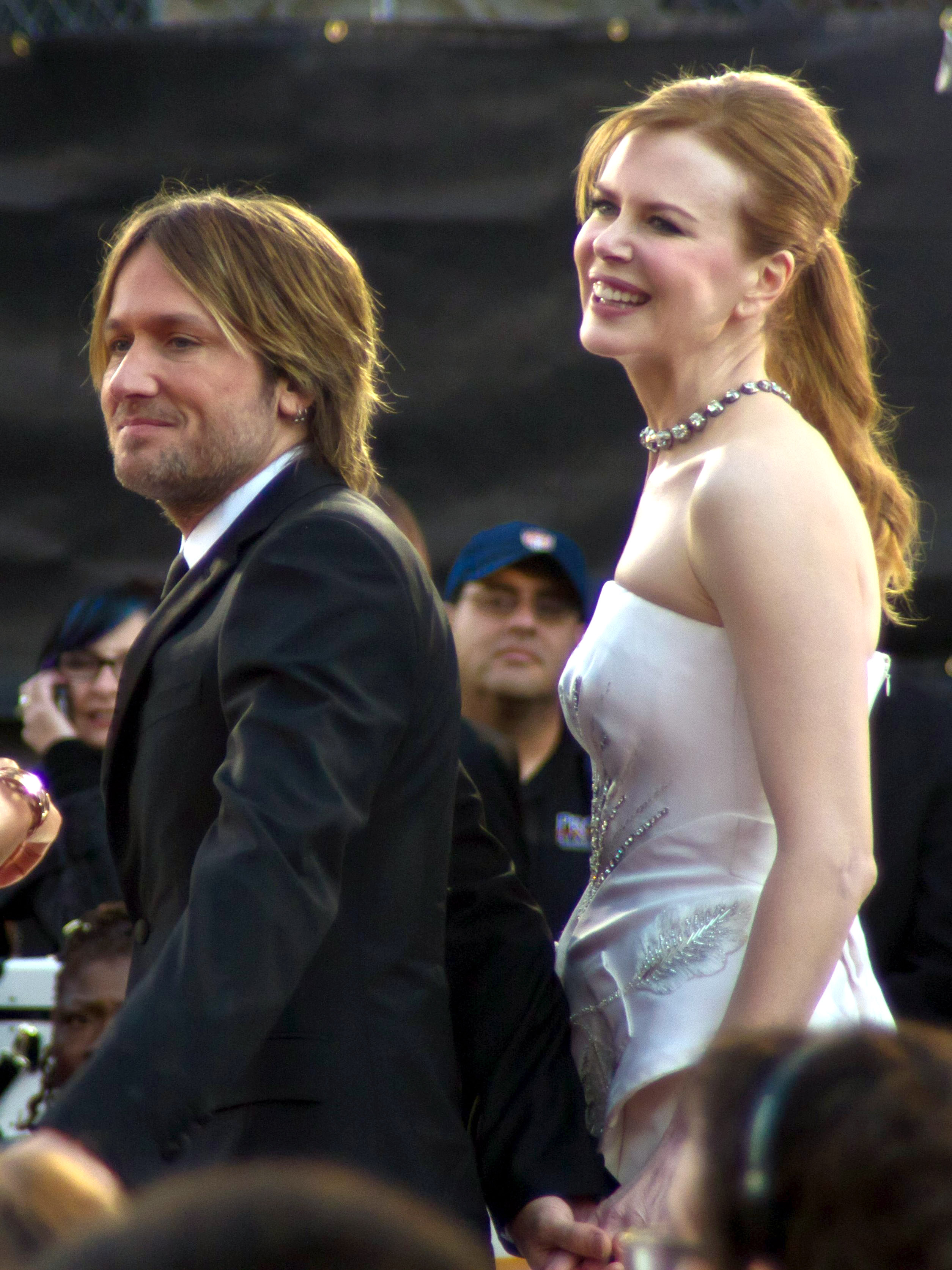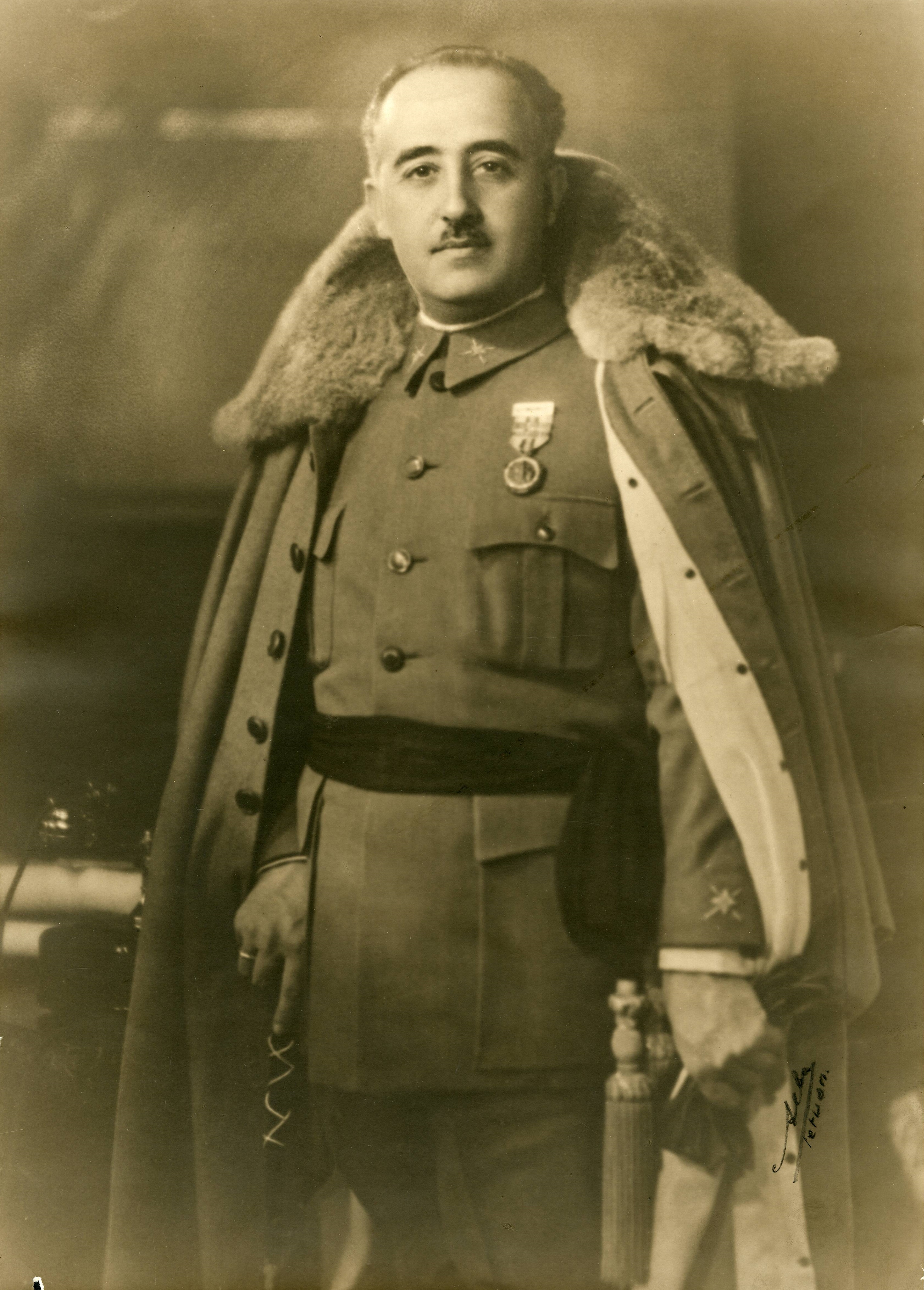
When the name David Copperfield is uttered, minds instantly conjure images of breathtaking illusions and profound mystery. For decades, this theatrical illusionist has captivated global audiences, transforming ordinary spaces into realms of the impossible and challenging our very perception of reality. His shows are not merely spectacles; they are experiences that ignite wonder, allowing us to witness feats that defy the mundane fabric of daily life.
Copperfield, a professional who continuously invests in his craft, ensures each performance is a testament to innovation and dedication. From his early days as a ventriloquist at age eight, practicing magic as “Davino the Boy Magician” at ten, to becoming the youngest artist ever admitted into the Society of American Magicians at sixteen, his trajectory was set. He even taught a magic course at New York University while still a teenager, a testament to his prodigious talent and early mastery of the art.
Throughout his illustrious career, which saw him feature in films like ‘The Magic Man’ and establish one of Las Vegas’s most popular and long-running performances at the MGM Grand, Copperfield has not just entertained, but also inspired. He’s utilized a considerable amount of his income to amass one of the world’s most precious collections of magic books and memorabilia, and notably, contributed to ‘Project Magic,’ a humanitarian organization that leverages sleight-of-hand magic as a rehabilitation technique for individuals with developmental disabilities. His legacy is etched not only in the annals of magic but also in the hearts of those he’s touched, both on and off the stage. Join us as we delve into some of the most memorable illusions from the man who redefined what magic could be.
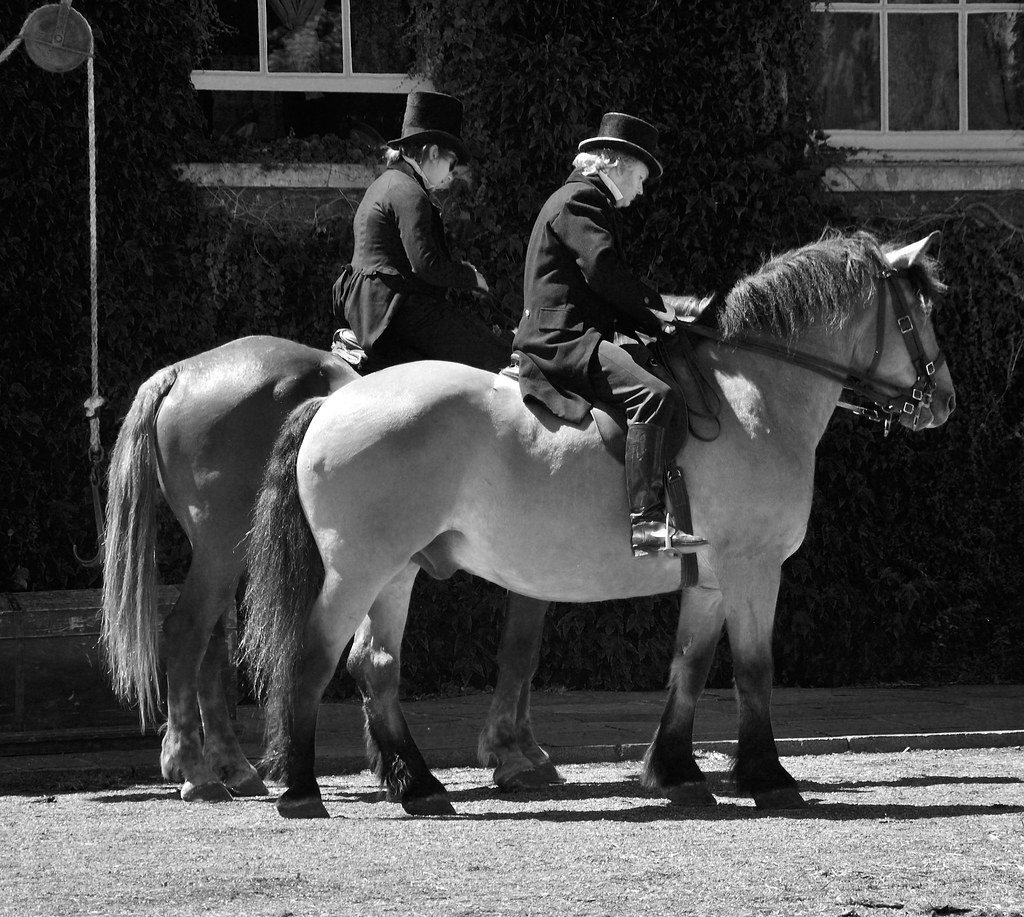
1. **The Disappearing Statue of Liberty**Perhaps the most audacious and globally recognized of all David Copperfield’s illusions, the vanishing of the Statue of Liberty remains an unparalleled feat of magic. On April 8, 1983, in front of a live audience gathered on Liberty Island, Copperfield orchestrated a grand optical illusion designed by Jim Steinmeyer that left television viewers glued to their screens, utterly dumbfounded. The sheer scale of the trick, involving one of the world’s most iconic landmarks, immediately cemented its place in popular culture and the history of magic.
The premise was breathtakingly simple yet executed with profound impact: a giant curtain, affixed to two lateral scaffoldings, was raised to obscure Lady Liberty. Moments later, it was lowered, revealing an empty space where the colossal statue once stood. To further convince the bewildered audience and millions watching at home, a helicopter hovered overhead, its searchlights sweeping through the vacant air, visually confirming that the statue was indeed, to all appearances, gone. It was an astonishing moment where the impossible became manifest.
But beyond the spectacle, Copperfield imbued this illusion with a deeper, more poignant message. Before bringing the statue back, he explained his motivation: he wanted people to imagine a world devoid of liberty or freedom, emphasizing “how precious liberty is and how easily it can be lost.” By making the symbol of freedom vanish, he visually underscored its fragility and importance. The illusion culminated with the statue’s reappearance, a powerful statement that “our ancestors couldn’t (enjoy rights and freedoms), we can and our children will,” reminding everyone of the preciousness of their rights. Both the disappearance and reappearance were filmed in a long take, designed to demonstrate the absence of camera tricks, adding to its mystique and credibility.
Read more about: 12 On-Set Pranks Where the Stars Weren’t Acting: Their Reactions Were Pure Gold!

2. **Walking Through the Great Wall of China**In a mesmerizing 1986 television special aptly titled ‘The Magic of David Copperfield VIII: Walking Through the Great Wall of China,’ David Copperfield presented a modern adaptation of a classic Houdini stage trick on an epic scale. Set against the ancient, imposing backdrop of one of the world’s most formidable structures, this illusion saw Copperfield seemingly pass through a solid brick wall, merging history with contemporary magical artistry.
Crowds gathered on both sides of the wall, and even above it, to witness the incredible spectacle. As Copperfield entered a lighted box positioned against the wall, his silhouette appeared to enter the ancient structure, reminiscent of a ‘Harry Potter platform nine and three-quarters style’ departure from the tangible world. Moments later, to the awe of all present, he exited on the other side of the wall, seemingly having traversed solid matter with impossible ease.
Adding a dramatic flourish to an already astounding feat, the audience could hear Copperfield’s heartbeat broadcast via a heart monitor. The suspense escalated as the monitor flatlined just moments before his reappearance, creating a moment of palpable tension and fear for his well-being. While some of the ‘technology’ used to measure his pulse might seem dated in archived videos today, the illusion itself remains a powerful testament to Copperfield’s ability to blend theatrical narrative with physical impossibility, making a historical monument part of his personal stage.
Read more about: Steer Clear: 15 Cars You Absolutely Should Not Buy in 2025, According to Automotive Experts

3. **Flying in the Air**The dream of flight has captivated humanity for millennia, and David Copperfield brought this ancient aspiration to life in an unprecedented way. Eschewing the traditional levitation acts that often relied on assistants placed in a ‘trance,’ Copperfield himself lifted into the air in his “Flying” illusion. This was not a mere vertical ascent; the magician appeared to soar about the stage at will, defying gravity with remarkable grace and freedom. He first showcased this incredible illusion in his 1992 TV special, realizing a childhood dream.
Copperfield shared that as a child, he was often lonely and would frequently dream of flying. This personal connection imbued the illusion with a profound emotional resonance, making it more than just a trick – it was a manifestation of a deeply held human desire. The performance often began with him holding a bird, marveling at its natural ability to fly, setting the stage for his own astonishing aerial ballet. Assistants would spin large hoops around him as he glided through the air, demonstrating the absence of any visible wires or support, further enhancing the illusion of genuine flight.
His mastery of this illusion extended to even more daring variations, such as floating within a glass box and flying while holding an audience member. While the secret behind this breathtaking display involved “super strong wires that are controlled by a computer and too thin to be visible,” the magic lies not in the mechanics, but in the belief he instills. Copperfield’s “Flying” became a benchmark, showcasing magic’s potential to evoke pure wonder and allowing audiences to collectively experience the joy and freedom of effortless aerial movement.
Read more about: HondaJet Elite II: The $7 Million Private Jet Redefining Luxury & Performance
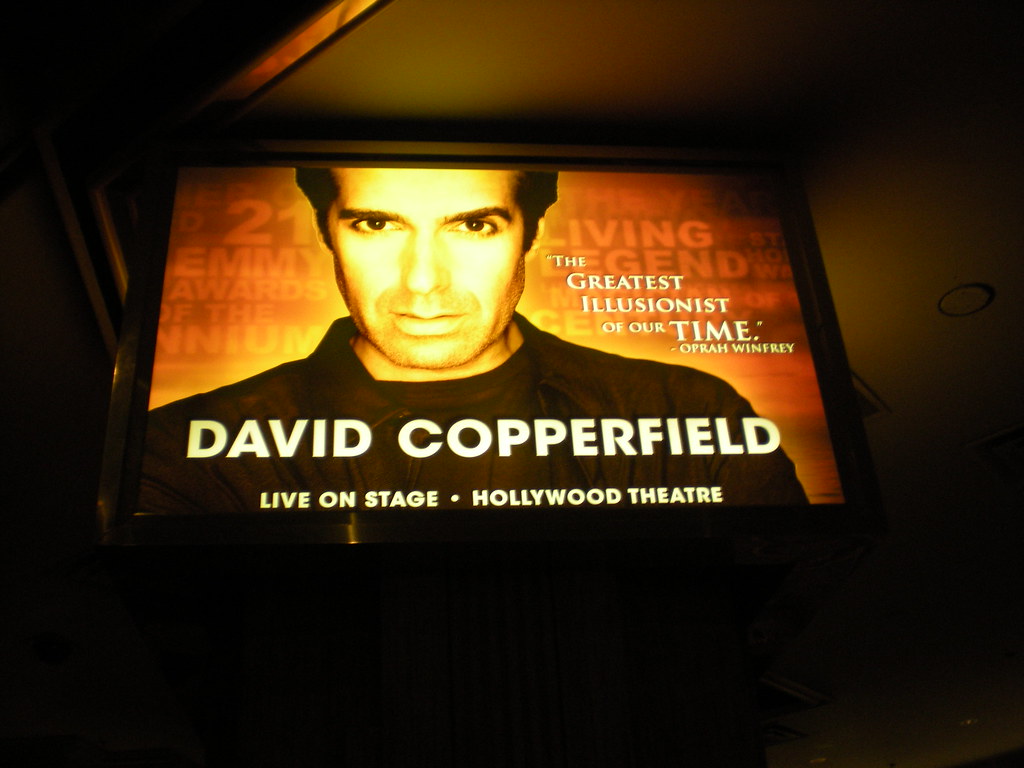
4. **Death Saw**The illusion of sawing a person in half is a cornerstone of magic, but David Copperfield dramatically reimagined this classic, turning the tables on himself. In his ‘Death Saw’ illusion, it was Copperfield, not an assistant, who faced the terrifying prospect of being divided. This daring act was presented as an escape gone wrong, ratcheting up the tension and danger to unprecedented levels, making it one of his most well-known and talked-about illusions.
From the audience’s perspective, the performance offered an unobstructed view of the impending danger. An incredibly gigantic circular saw blade, menacingly huge, would slowly descend from a massive tower, inching closer and closer to Copperfield. The sight was undeniably terrifying, leaving spectators to question whether he could possibly escape in time. The suspense was excruciating, a testament to Copperfield’s mastery of dramatic pacing and audience engagement.
In a twist that solidified its legendary status, the ‘spoiler alert’ was that he was, ostensibly, unable to flee in time. The saw would appear to cut him in half, a gruesome yet captivating spectacle that pushed the boundaries of what a magic illusion could be. He would then separate the lower half of his body from the upper half, moving around the stage in two distinct pieces before miraculously rejoining, leaving audiences both horrified and amazed. The ‘Death Saw’ exemplified Copperfield’s penchant for putting a contemporary, high-stakes twist on old illusion techniques, transforming them into larger-than-life spectacles.
Read more about: The 21 Most Costly Accidents and Screwups in History
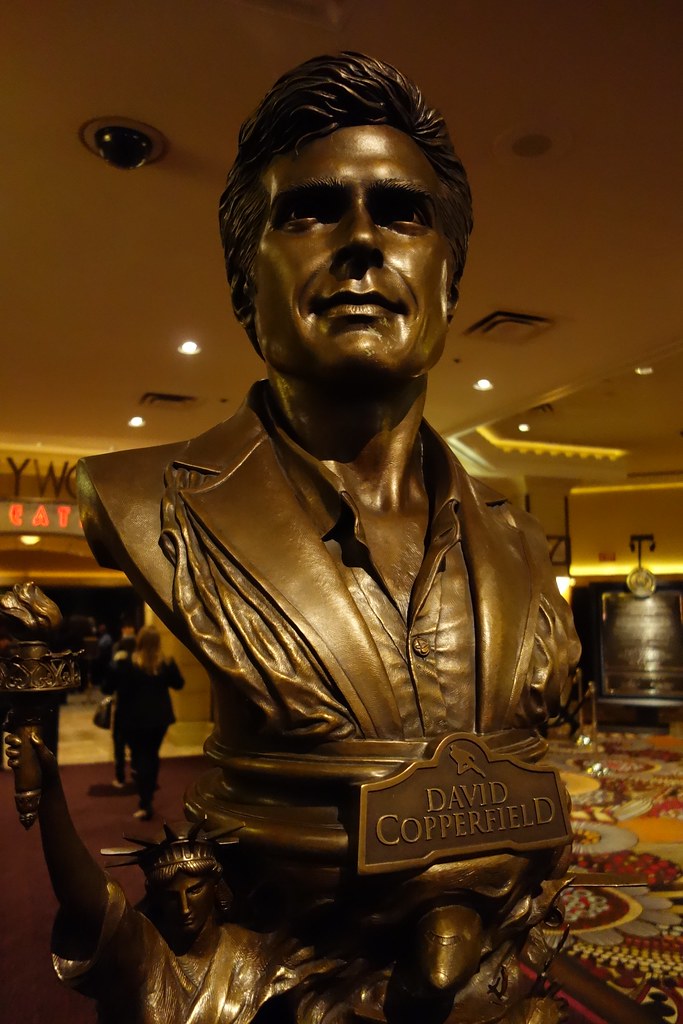
5. **Escaping From Alcatraz**In 1987, David Copperfield undertook one of his most perilous and iconic escape acts: breaking free from Alcatraz prison. This former maximum-security federal penitentiary, situated in the treacherous waters of San Francisco Bay, was once considered the most secure prison in the world, making Copperfield’s escape attempt an audacious challenge to the very concept of incarceration. The illusion was a high-stakes dramatic performance set against a backdrop of chilling history.
The scene was set with dramatic music, amplifying the tension as Copperfield, naturally clad in a straitjacket, stood behind bars within the notorious prison. With a strict two-minute and thirty-second countdown ticking away until the first planned detonation, the pressure was immense. The illusion unfolded with a series of seemingly impossible feats: he first managed to wriggle out of the straitjacket, a feat in itself. Then, with an ingenious display of sleight of hand, he transformed three coins into a tool to pick the lock of a cell door, showcasing his dexterity and resourcefulness.
The escape continued with elements of classic theatrical flair. He ‘conjured’ a cat out of a box, ostensibly to distract guard dogs—a charming yet essential step in his elaborate escape plan. His final act of liberation saw him escaping via a helicopter, emerging not in his magician’s attire, but in a police uniform, cradling his feline accomplice, adding a touch of humor and narrative completion to the high-tension drama. This illusion perfectly blended a seemingly impossible physical escape with compelling storytelling, leaving audiences questioning the boundaries of reality and the power of human ingenuity.

6. **Floating Over the Grand Canyon**In 1984, David Copperfield elevated his signature levitation acts to an entirely new altitude, performing an awe-inspiring stunt that saw him float over the vast expanse of the Grand Canyon. This spectacle transcended the traditional stage, transforming one of nature’s most magnificent wonders into a backdrop for his magic. Accompanied by a live soundtrack provided by singer Bonnie Tyler, the event was part ’80s music video and part illusion, creating a truly memorable cultural moment.
The stunt featured Copperfield in a seated position, gracefully levitating through a series of oval sculptures before embarking on his incredible journey across the Grand Canyon. The visual of a man suspended effortlessly above such a colossal natural chasm was nothing short of breathtaking, pushing the boundaries of what audiences believed possible. It was a demonstration not just of magical skill, but of an artistic vision that sought to interact with and augment the grandeur of the natural world.
His ability to integrate the vastness of the Grand Canyon into his performance showcased his ambition to create illusions that were larger-than-life, reaching far beyond the confines of a proscenium arch. The illusion concluded with Copperfield safely back on land, embracing Bonnie Tyler, a rock star moment that punctuated an already extraordinary display of magical prowess. Floating over the Grand Canyon solidified Copperfield’s reputation for grand-scale illusions that blended spectacle, emotion, and unparalleled audacity, proving that for him, the sky was not the limit, but merely another stage.
Having journeyed through some of David Copperfield’s most celebrated grand-scale illusions, from vanishing national monuments to traversing ancient wonders, our exploration of his magical repertoire is far from complete. Copperfield’s genius lies not just in the scale of his tricks, but in his relentless pursuit of reimagining the impossible, daring us to question our perceptions, and infusing each performance with a compelling narrative. His ability to blend storytelling with breathtaking feats has cemented his place as a true titan of magic.
Let’s continue our deep dive into the extraordinary legacy of this master illusionist, examining six more artifacts from ‘The Magician’s Hoard’—illusions that further underscore his ingenuity, his audacious spirit, and his unparalleled ability to capture the collective imagination. Each one is a testament to the fact that with Copperfield, the line between reality and illusion is delightfully blurred, promising endless wonder.
Read more about: Fizzled Out & Forgotten: 12 Classic Soft Drinks That Vanished from Grocery Store Shelves

7. **Appearing Car**Imagine the thrill of a grand reveal, not just of an object, but of a dream made tangible. David Copperfield achieved this with his ‘Appearing Car’ illusion, a performance that resonated deeply due to its personal touch and spectacular presentation. He would often set the stage by sharing a heartfelt story about his grandfather’s lifelong aspiration to own a Lincoln convertible, imbuing the upcoming spectacle with an emotional narrative that transcended mere trickery.
The magic truly began when Copperfield himself would appear before the audience, seemingly driving one of these very cars. But this wasn’t just a simple entrance; the vehicle was often perched dramatically on pillars, raised high above the stage floor. This clever positioning allowed the audience an unobstructed view of the entire space beneath the car, eliminating any possibility of hidden mechanisms or assistants, thereby amplifying the mystery.
As the climax approached, Copperfield would make his next move: jumping into the rusted green convertible, slamming the door shut with a definitive thud, and then starting the engine. The roar of the motor and the sudden illumination of the headlights confirmed the car’s undeniable presence and functionality, leaving audiences utterly convinced that a full-sized, working automobile had materialized from thin air. It was a perfect blend of intimate storytelling and grand-scale, visceral magic.
Read more about: Remembering the Stars: A Fond Farewell to the Beloved ‘Happy Days’ Actors We’ve Lost
8. **Barclay House**David Copperfield possessed an uncanny ability to take classic magical concepts and inject them with a contemporary, high-production twist, and the ‘Barclay House’ illusion is a prime example of this masterful approach. Instead of merely making an object disappear, Copperfield chose to vanish an entire group of audience members within the confines of a seemingly ordinary, yet very much haunted, dwelling.
The illusion began with Copperfield introducing a portion of a house, which he claimed to have just acquired, onto the stage. This wasn’t some flimsy prop; it appeared to be a genuine architectural structure, lending an air of realism to the fantastical events about to unfold. To further involve the spectators, he would invite audience members up to the stage to examine the construction, often tying one of them up with ropes before sitting with them inside a room of the house.
The tension mounted as the room was covered, plunging its occupants into darkness. What followed was a spectacle of unseen forces, as ‘ghosts’ were said to materialize, creating absolute havoc within the enclosed space underneath. When the cover was removed, the chamber where Copperfield and the audience members once sat was found to be completely empty, their disappearance utterly baffling. It was a spooky, engaging, and thoroughly modern take on a timeless magical premise.
Read more about: Phil Mickelson’s Garage Unveiled: The Golf Legend’s High-Performance Rides and Extravagant Lifestyle
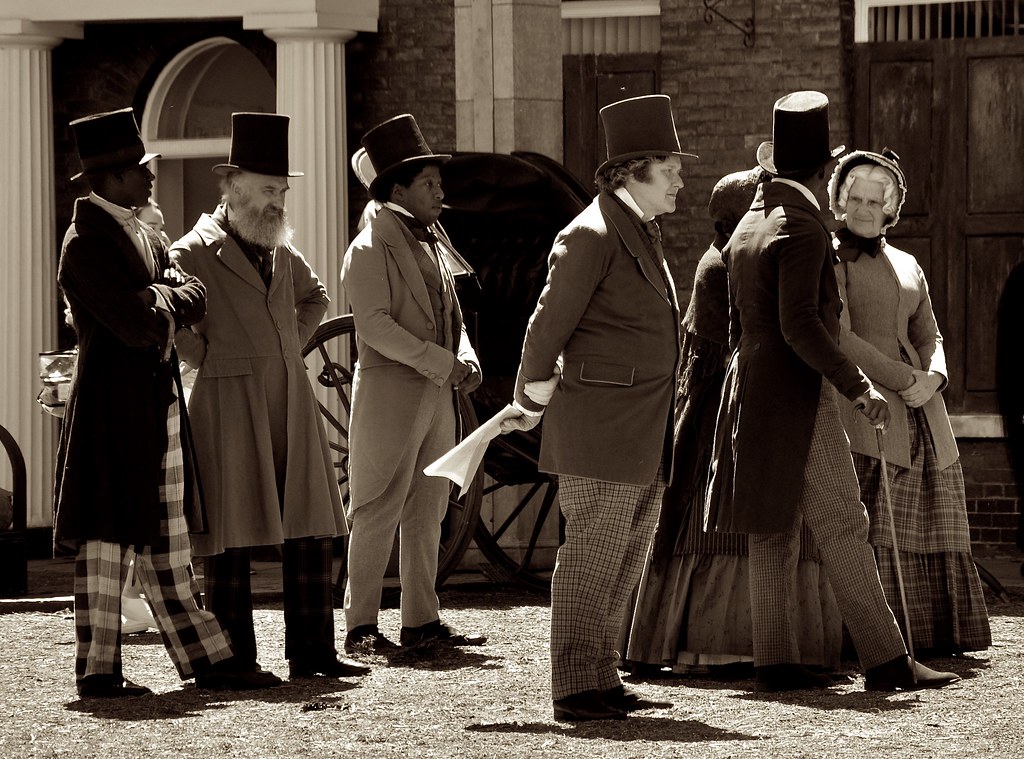
9. **Cataclysmic Encounter**If ever there was an illusion designed to push the boundaries of real-world danger and theatrical suspense, it was David Copperfield’s ‘Cataclysmic Encounter.’ Performed in his 1989 special, ‘The Magic of David Copperfield XI: Explosive Encounter,’ this act thrust the illusionist into a seemingly inescapable predicament: a building slated for demolition, with him trapped inside.
The premise alone was enough to generate palpable tension. Audiences watched as Copperfield found himself within a structure counting down to its obliteration. What made this feat even more extraordinary was the commitment to realism; a Steadicam operator meticulously captured the entire event in a single, continuous take. This unbroken shot was a bold declaration against camera trickery, forcing viewers to accept the raw, unfolding reality of the imminent destruction.
And yes, to the awe and terror of millions, the building indeed collapsed throughout the recording, seemingly with Copperfield still inside. The dramatic reveal of his reappearance, not from the rubble, but from a thin steel plate suspended from sawhorses, served as the ultimate punctuation mark. It was a high-octane spectacle, blending cinematic techniques with death-defying magic to create an unforgettable, pulse-pounding experience that defied expectations.
Read more about: The ’70s: When the Wheels Fell Off – A Look at a Decade’s True Disasters

10. **Surviving Niagara Falls**David Copperfield has always been a magician to flirt with the line between astonishing illusion and genuine peril, and his 1990 ‘Surviving Niagara Falls’ special plunged him headfirst into what many would consider certain doom. This wasn’t a mere stage trick; it was a high-stakes encounter with one of nature’s most formidable forces, designed to evoke pure, unadulterated fear.
The setup was excruciatingly tense: Copperfield, his arms and legs constrained by chains, his body tightly secured within a yellow raft. As if the impending watery plunge wasn’t enough, a fire blazed menacingly beneath him, adding another layer of immediate danger. The entire contraption was then dropped into the churning waters just above the precipice of Niagara Falls, initiating a nail-biting countdown.
With less than 60 seconds ticking away, Copperfield had to escape the raft before it plunged over the roaring edge of the rapids. The audience watched in horror as his raft did, indeed, tumble over the mighty falls. Yet, just a minute later, defying all logic and the laws of gravity, he reappeared, alive and well, dangling precariously from a helicopter’s rope. This feat was so intense that Copperfield himself admitted to the Las Vegas Sun that he feared for his life, confessing, “I remember going to my hotel room every night and dreaming about how I was going to die. It was really, really horrible.” It’s a vivid reminder of the immense personal risk Copperfield undertook for his craft.
Read more about: Saving Our Stories: A Deep Dive into America’s 8 Most Endangered Historic Places of 2025
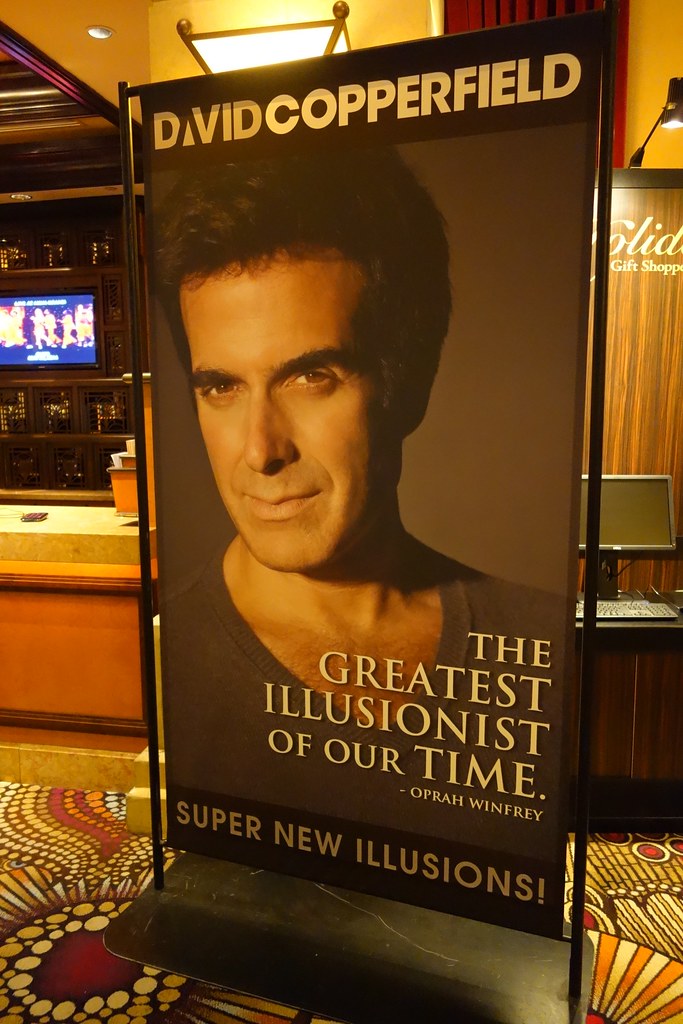
11. **Teleporting (“Portal”)**In a world increasingly accustomed to digital effects, David Copperfield’s ‘Teleporting,’ or ‘Portal,’ illusion stands out as a triumph of live, interactive magic, proving that genuine wonder can still be crafted with human ingenuity. This wasn’t a straightforward disappearance and reappearance; it was a richly layered narrative experience that engaged the audience on multiple levels.
The illusion was a masterclass in complexity, incorporating a medley of engaging elements. It featured random audience participation, ensuring that the spectacle felt spontaneous and unrehearsed. Polaroid photos were often taken, providing tangible evidence that seemingly defied the laws of physics. The illusion was even known to include emotional elements, such as a father and son reunion, weaving a powerful human story into the fabric of the magic.
At its core, however, was the mind-boggling act of teleportation itself. With an audience member by his side, Copperfield would vanish from a suspended platform on stage. Moments later, to the utter astonishment of everyone watching, he and the same audience member would instantaneously reappear on a sun-kissed beach in Hawaii. It was a breathtaking demonstration that merged geography, technology, and pure sleight of hand into a truly unforgettable magical journey.
Read more about: Le Manoir du Diable: Unveiling the Cinematic Genesis of Horror with Georges Méliès’ Masterpiece
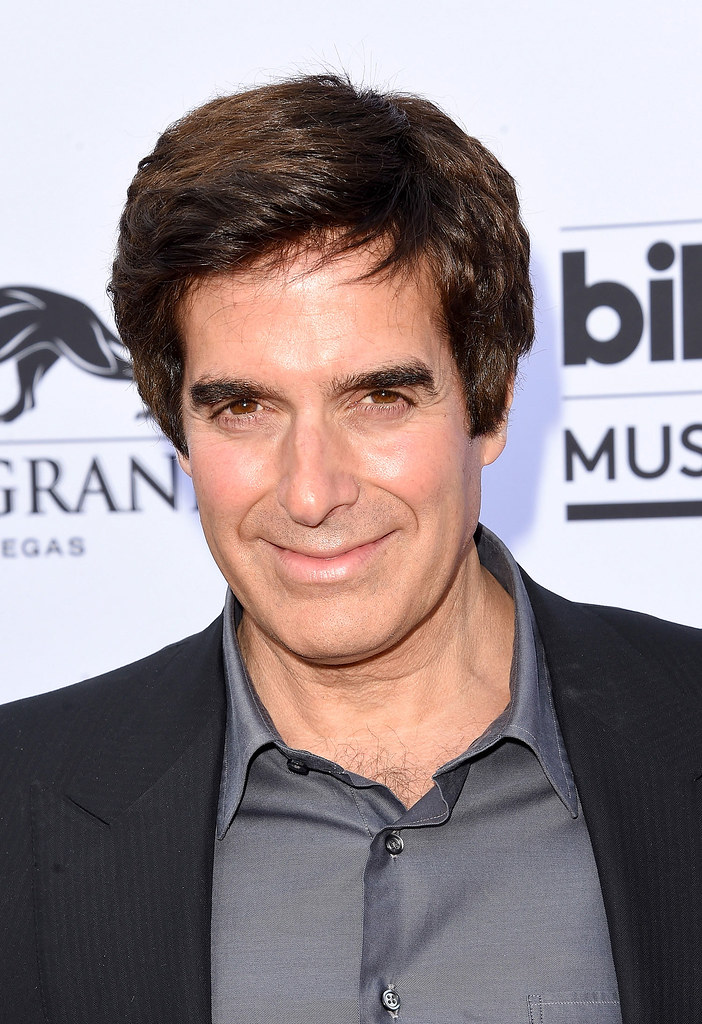
12. **Making an Airplane Disappear**Long before he made the Statue of Liberty vanish from our collective sight, David Copperfield was already pushing the boundaries of scale by disappearing objects of immense size and weight. In 1981, he pulled off a jaw-dropping feat: ‘Making an Airplane Disappear,’ proving his audacious vision was in full flight years before his most famous illusions.
This was no ordinary disappearing act. The object in question was a seven-ton jet aircraft, a massive piece of machinery that seemed impossible to conceal, let alone vanish. To amplify the challenge and eliminate any doubts, Copperfield enlisted the participation of fifty blindfolded spectators, who formed a human chain around the colossal plane. Their presence served as a living, breathing barrier, further testifying to the plane’s initial, undeniable presence.
With the stage set, screens were then deployed to temporarily block the plane from view. As dramatic lighting revealed the aircraft’s silhouette for one last tantalizing moment, the screens were quickly removed. The once present, enormous jet was simply gone. It was a testament to Copperfield’s pioneering spirit, his relentless pursuit of impossible feats, and his unparalleled ability to make the colossal simply cease to exist, solidifying his reputation as the magician who could make anything disappear.
Read more about: When Riches Collide with Reality: The 12 Worst Financial Mistakes Celebrities Make with Luxury Assets
From making entire buildings collapse around him to transporting individuals across oceans in an instant, David Copperfield’s career is an ongoing masterclass in defying expectations and crafting unforgettable experiences. He reminds us that magic isn’t merely about secrets and tricks; it’s about the profound human need for wonder, for the impossible, and for stories that transport us beyond the mundane. His illusions, whether grand or intimately personal, continue to shape our understanding of what can be achieved with a vivid imagination and an unwavering belief in the power of illusion. As the curtain falls on our journey through his most memorable artifacts, one thing remains crystal clear: the magic of David Copperfield will undoubtedly continue to captivate, inspire, and mystify for generations to come, ensuring his legend lives on in the annals of amazement.

